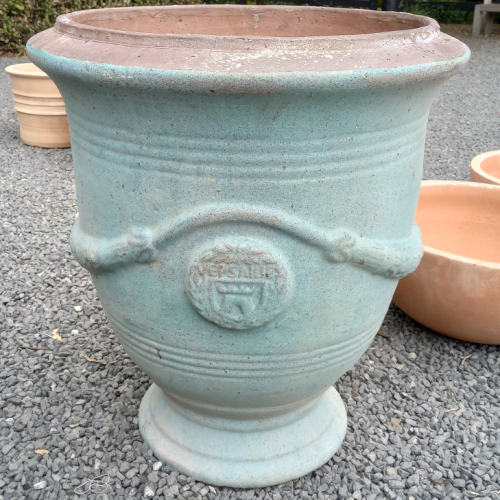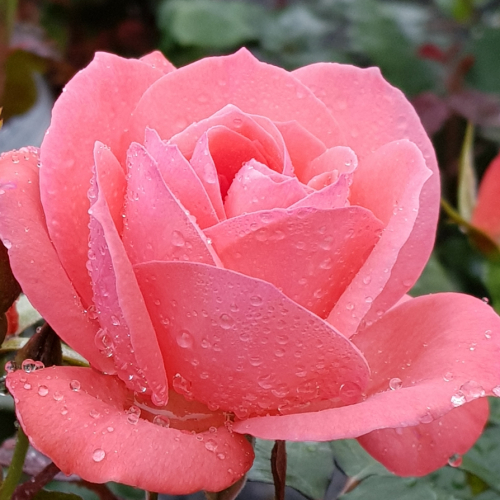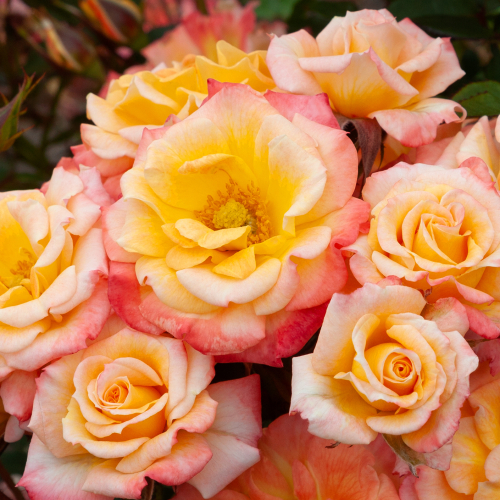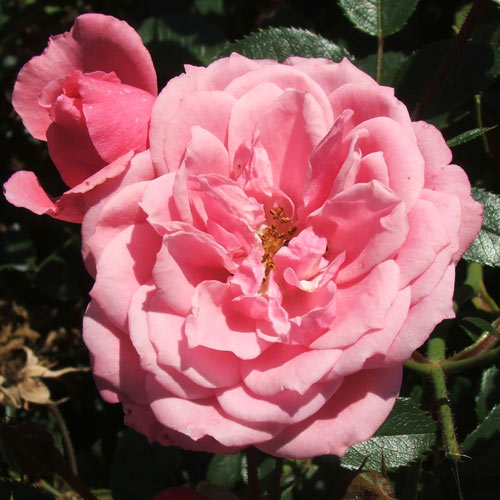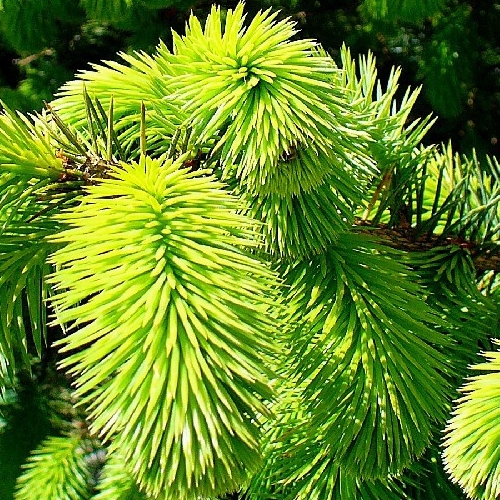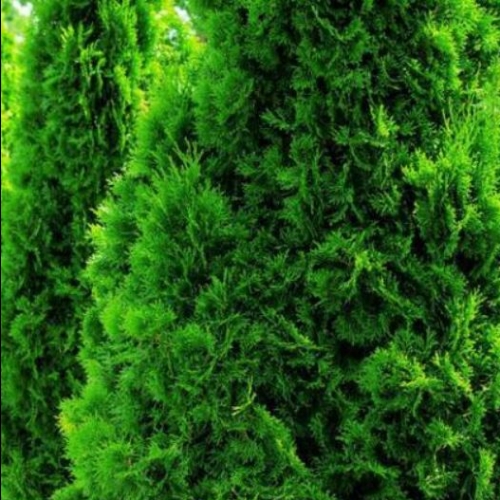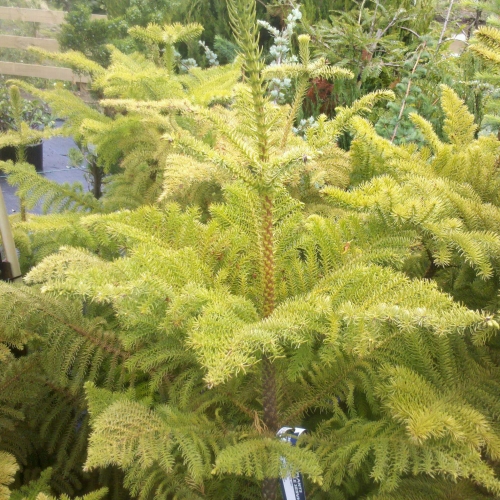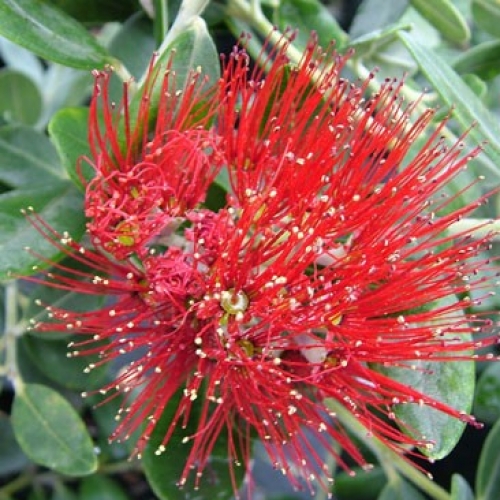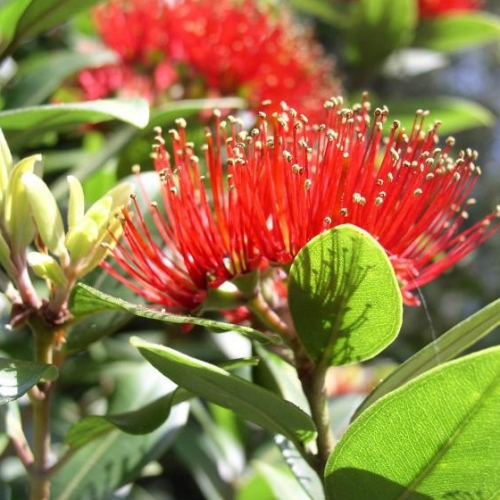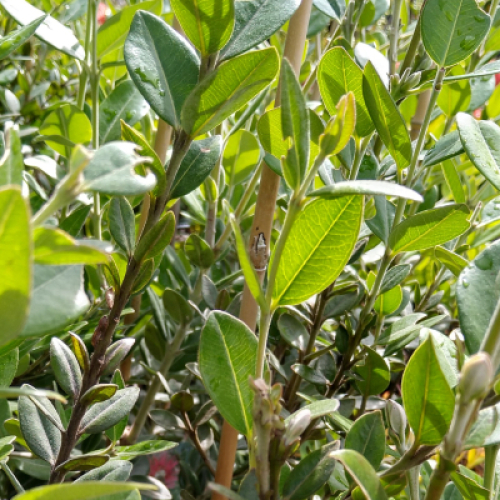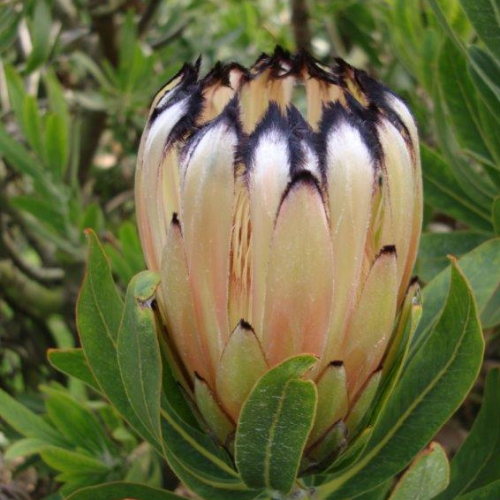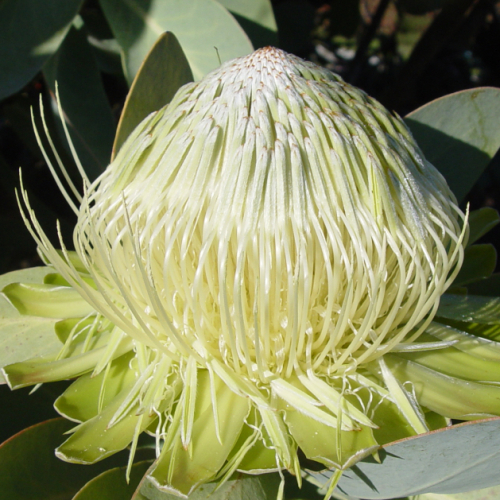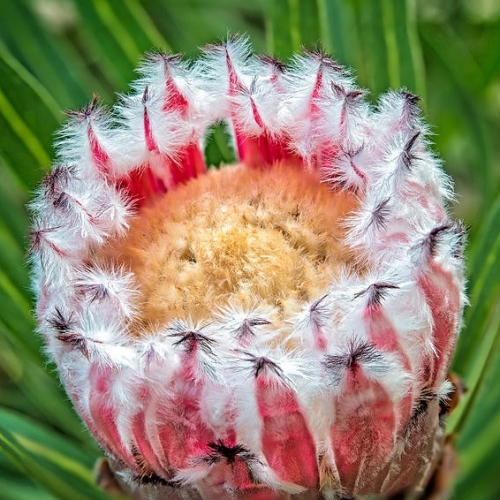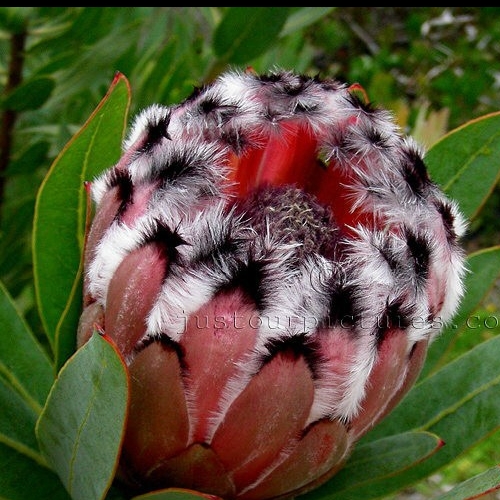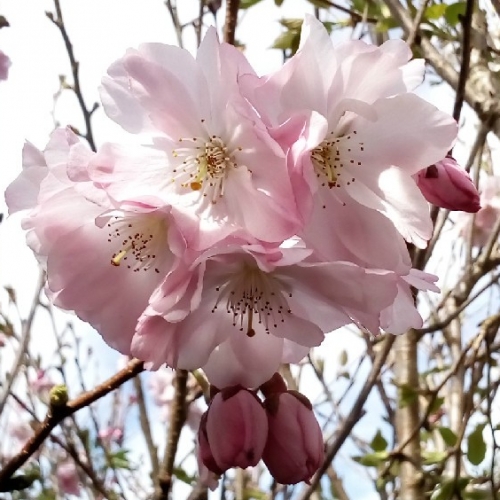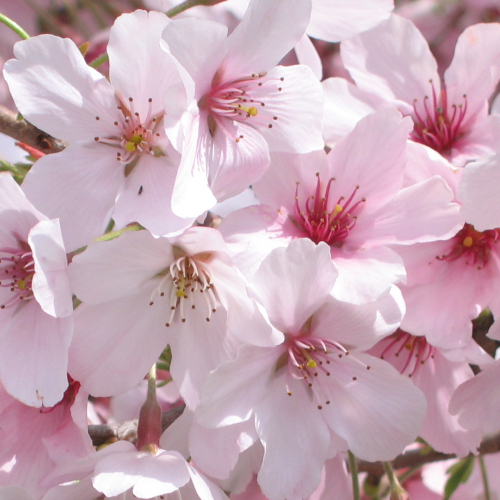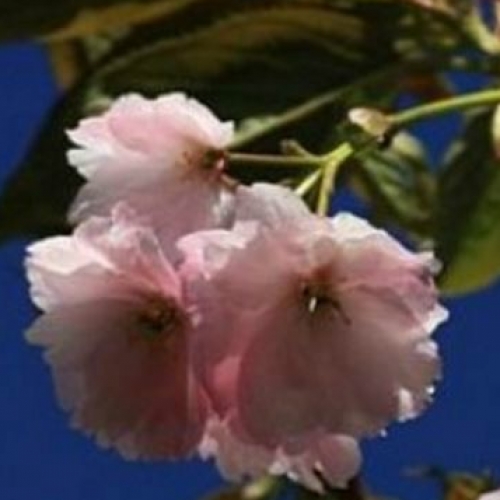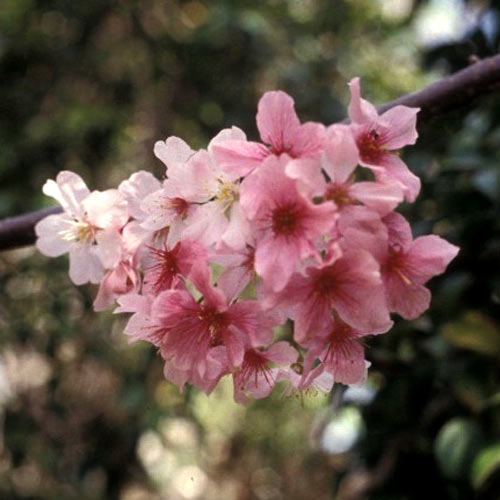Friday 28th November, 2025
Hi
Can it grow in a pot?
I can't resist a bargain, and who can blame me with the COLC (Cost of Living Crisis), it's a chance to save some money. Like many people at this time of year, I have found there is a lot on offer with all the Black Friday deals. So during the
Wairere rose sale I have bought a few 'extras' to fit in (where there is no space, LOL). They will be going into pots. Cue husband's eye roll. Such is the life when married to a plant freak.
Never mind, the
Roses are in good company joining the likes of a
Persimmon,
dwarf Avocado,
dwarf Spruce (this year's Christmas tree) and a tomato which won't fit into the raised garden. Sigh. But I say it's actually quite relaxing to get out in the morning and water my 'pot babies' before work so that they get the benefit of a nice environment before the heat of the day kicks in. That's the best time for watering as it allows them to go through the day without water-stress, and water-stress can sometimes cause unsightly marks on the leaves.
I was joking with a friend the other day that the 'Art of Pot Collections' is becoming a 'thing' with more people on small sections and living in retirement villages and apartments which don't allow for large planted areas. Here are a few tips which will help you to keep your plants in pots and containers looking great all year round.
The main thing is the quality of your
Potting mix. There's a lot of scientific research which has gone into the development of potting mix which is ideal for plants in containers. What's wrong with soil you say? Don't get me started! The main things are that soil is actually a living thing containing thousands of microbes, worms, nematodes, fungi and organic matter. It is also part of a wider nitrogen cycle which allows living creatures to benefit from nitrogen in the atmosphere and returns it when those organisms break down ("ashes to ashes, dust to dust" so to speak). So if you bung soil into a pot you are breaking the cycle and interfering with its ability to function as part of the broader soil profile. It's not going to drain properly, it may struggle to hold nutrients or get waterlogged, and your plant will not grow to its full potential.
Potting mix, on the other hand, is a careful mix designed to to have ideal aeration, drainage, water holding capacity and ability to hold onto nutrients. It is sterile so there are no weed seeds and no unpleasant creepy crawlies or bad fungi to attack your precious pot baby and cause harm. An added bonus to good quality potting mixes is that they may contain a wetting agent, water retention crystals and slow release fertiliser which help make your plant's environment more consistent and agreeable for healthy strong growth and production. So, given the choice, for a pot use potting mix or outdoor container mix; for a raised garden use garden mix (a blend of compost and potting mix). Compost on its own is best used as a mulch or to incorporate with the topsoil to help the plant retain water around its feeding roots.
Plenty of people ask me if they can grow a
Rose in a pot and I would almost always say yes (apart from some more vigorous climbers or pillars which would be very top heavy). The key thing is to make sure that you are choosing a suitable size for the eventual size of the plant.
Patio roses are ones which generally are bred for smaller size and perfect for a smaller pot or container.
New at the Nursery
Living Christmas Trees
Traditional Christmas trees belong to the spruce family, which have those cool fuzzy needles which look like a chimney cleaning brush. They have been used by humans for generations for reasons as diverse as: making musical instruments due to their resonant wood; using the sap for chewing gum; in construction; and, to make paper. These are long-lived plants which can happily exist in a pot or large barrel for a number of years, as long as you follow the advice above about feeding and watering.
They are quite slow growing and if looked after could be a Christmas tree for many years.
Picea Abies is the Norwegian spruce and has a more rounded appearance of the branches while
Picea sitchensis (Alaska Spruce) is smaller growing with a slightly more pointed appearance. If you want a smaller Christmas conifer you could consider
Thuja Smaragd who's unpronounceable name actually means a green gem stone like an emerald. These compact upright growers are tidy and happy in a pot or in the ground. Easy to grow, no fuss no mess. We are expecting some
Pinus radiata in pots in early December too.
If you want to buck tradition and go for a true kiwi Christmas tree the
Pohutukawa (Metrosideros) is on the money for delivering flower power at this time of year. If you are lucky enough to be holidaying in Coromandel over the summer you will see them strutting their stuff all along the coastal road. They thrive in sunny positions and don't care if the soil is rubbish as long as they have good drainage. Plant one in a pot and make sure it's a good size one (the pot that is: 40cm plus in height and diameter) and don't overwater.
Sale Items
Our
rose sale continues with
20% off. We have sold a lot so make sure you get in to secure your favourites.
Proteas are also on sale at
20% off. These fabulous plants are going to love the summer months and will reward you with beautiful flowers from autumn to spring.
Included with the
Protea Sale are the
Leucadendron and
Leucospermum. These South African natives love the same conditions: hot, dry and definitely no phosphate fertiliser. These are
20% off too.
Flowering cherries are also on clearance at $50 for our high work 1.8m standard
Accolade and
Awanui. You won't find a better price for these quality trees, so get in while you can get them.
Housekeeping
Freight times: With the end of the year approaching this is a reminder that our delivery service will shut down in December for a number of weeks. If you are in the South Island the final date for sending orders will be Tuesday 16th December. For the North Island the final date of deliveries leaving here will be Wednesday 17th December. Any orders not fully processed by that time will be held over until we reopen delivery on January 5th 2026.
Opening Hours: Plants never have a holiday (apparently) so we will be open every day right through the summer except for Christmas Day. We are open 8.30 to 5pm each day, with someone on board to water the plants, serve customers and answer the phone.
Waitlist tidy up. While we are talking about the end of the year closing in fast, this is the time of year that we indent stock with our suppliers for 2026. We often use the waitlist to give us an indication of demand so if you have put things on your waitlist, and then had a change of plan, it would be great if you could help us out by removing them please. On the other hand, if you know you need a number of items, e.g. 10 x Prunus Southern Gem, for a driveway, please let us know so that we can ensure we have the right amount of stock to supply your needs.
Here in Hamilton the weather-man says it will be hot and fine on Saturday, but then we will have a long series of rainy days. So, come in and grab a bargain or two, get them in the ground or a pot, and mother-nature should water them in for you.
Cheers from Lloyd, Tony and the Wairere team.
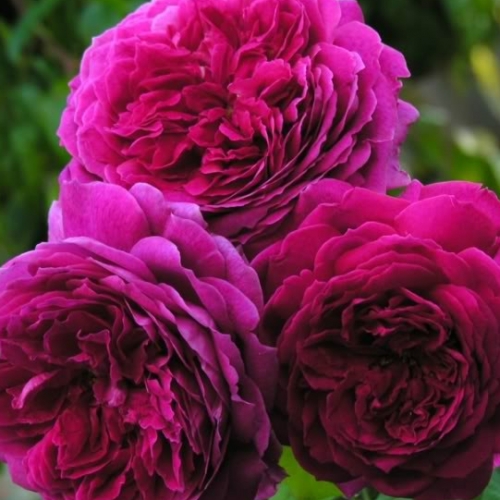
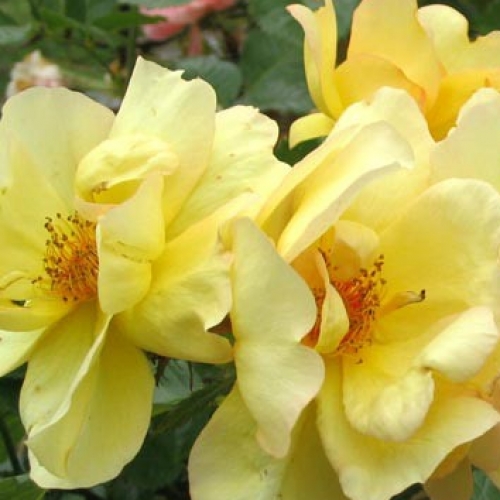
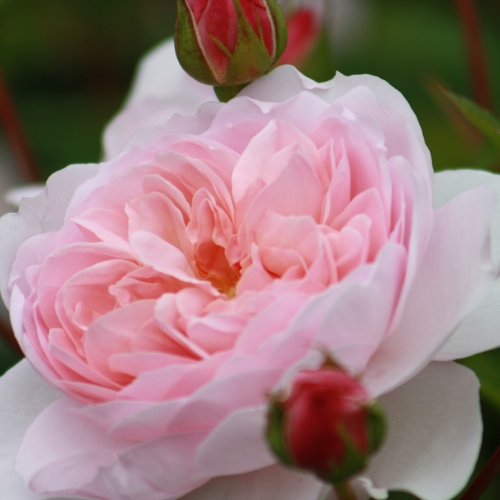

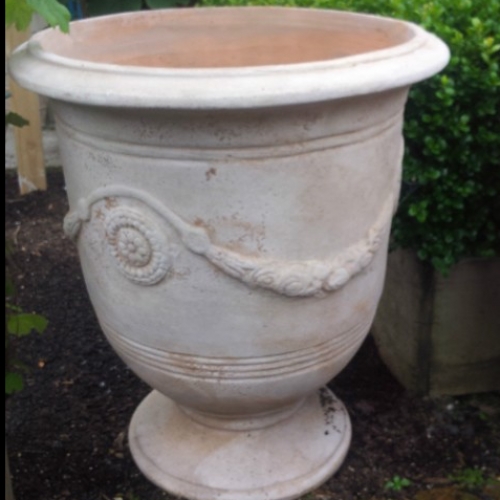
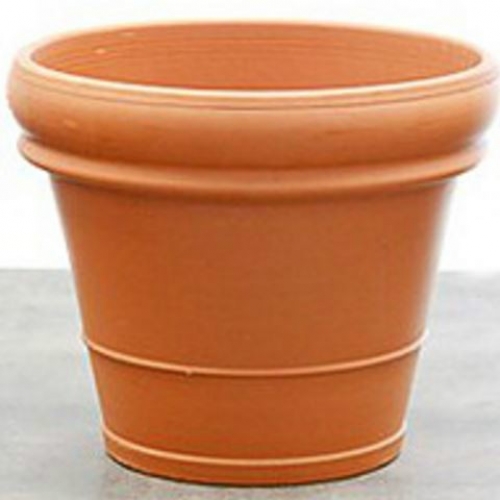
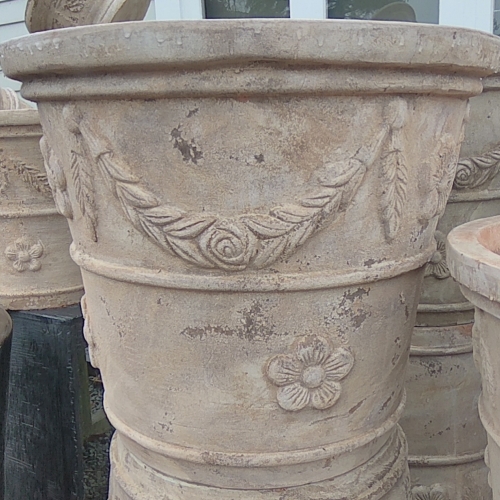
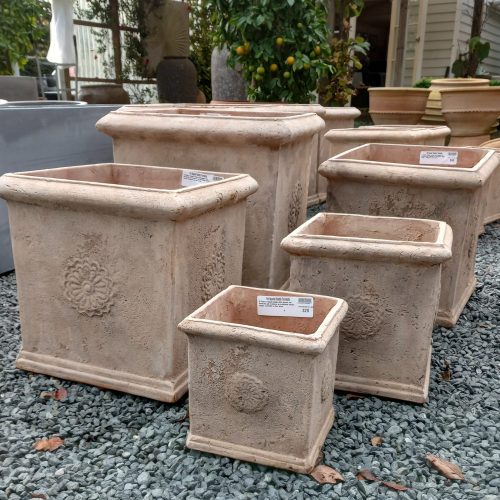
-Bag.jpg?t=1764286172)
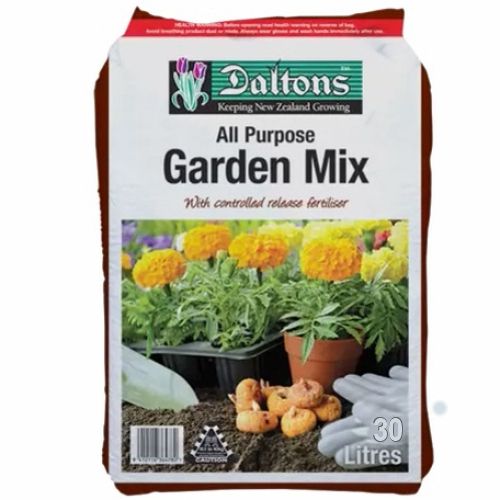
-Bag.jpg?t=1764286294)
